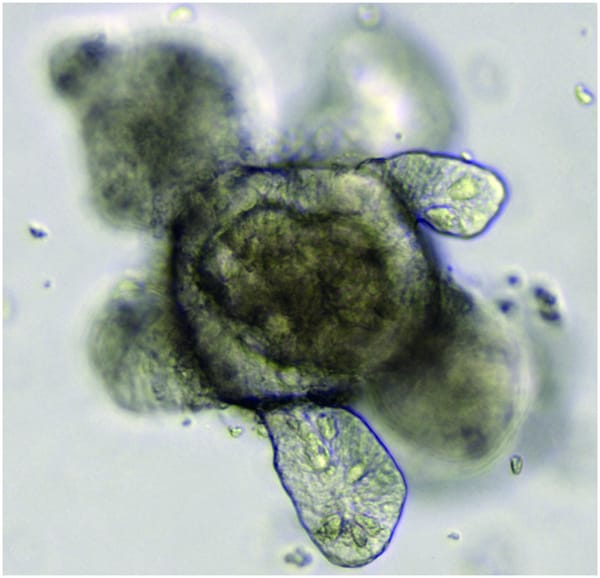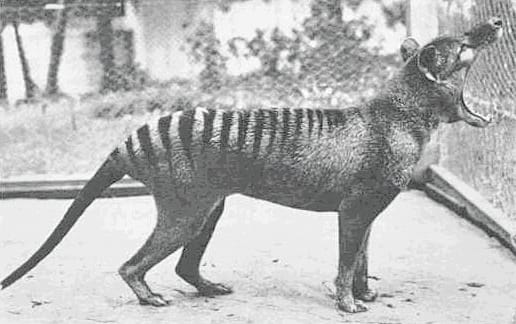The Rocky Balboa of the animal kingdom
How mantis shrimp evaluate conflict

Competition and conflict is the bread and butter of the natural world. Individuals of almost every species compete for resources such as mating sites, partners, and food. The competition is fierce – often involving physical conflict with costly outcomes. Due to its costs, individuals assess themselves and their opponent’s ‘Resource Holding Potential’ (RHP) to minimise damage and/or the need for conflicts.
Mantis shrimps are known to compete for burrow sites used for feeding, mating, breeding and refuge from predation. Conflict occurs in both sexes, using striking second maxilliped appendages – regions of the mouthparts – to deliver high power strikes, and stabbing to puncture the opponents. Furthermore, Telson sparring – where individuals strike each other on their heavily armoured tail plates – also occurs.
A recent study examining conflicts in mantis shrimps (Neogonodactylus bredini) tried to determine what assessment models they use when determining RHP to choose whether to engage in a contest for resources. Three models exist: pure self-assessment, cumulative assessment and mutual assessment. Pure self-assessment involves an individual assessing their personal RHP, with the loser stopping the fight once self-inflicted costs reach a critical threshold. Cumulative assessment involves an individual assessing themselves and their competitor’s RHP, with the loser forfeiting once self and opponent-inflicted costs (physical injury) reach a critical threshold. Finally, in mutual assessment an individual assesses both their own and their opponent’s RHP, with the loser bowing out when they realise they are of a lower competitive ability than their opponent. The study involved placing two individuals, resident and intruder, which were matched by body length and mass, in an arena containing a burrow.
“Contests between the mantis shrimp occur in a series of escalating stages”
Contests were analysed using correlational and sequential analysis methods to determine which of the three models were used by the shrimps. The winner was defined as the individual that obtained the burrow after the contest.
Contests between N. bredini occurs in escalating stages including: eye tracking and approaching; visual or chemosensory behaviour; Telson sparring; and contest resolution. The researchers discovered that burrow residency status – i.e. resident vs intruder – was as important in the contest outcome. In random contests, resident individuals had a 49.6% RHP advantage compared to others, while in body-type matched contests residents had only a 9.7% RHP advantage. Similarly, body mass was an important determinant of contest outcome, with larger individuals able to produce stronger strikes. Telson sparring was used by individuals for assessment and contest settling without death or injury by comparing body mass and RHP. Based on these results and through their analytical methods, researchers were able to conclude that mantis shrimps use the mutual assessment model, ruling out the pure self and cumulative assessment models.
This study resolves controversy around the type of experimental technique to employ when researching contests: a combination of correlational and sequential analysis is recommended ,ensuring strong empirical testing that may be used in future contest studies.









